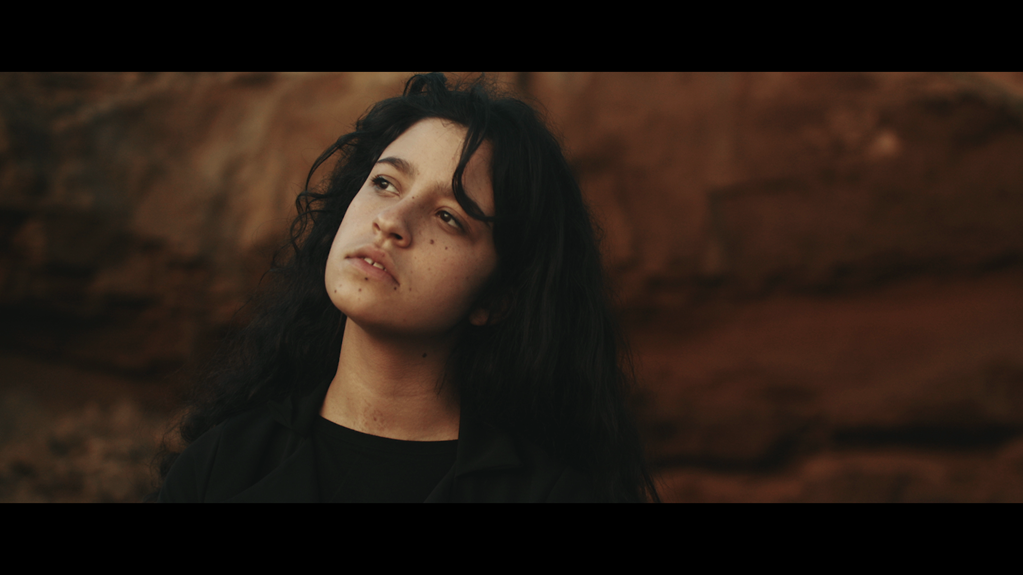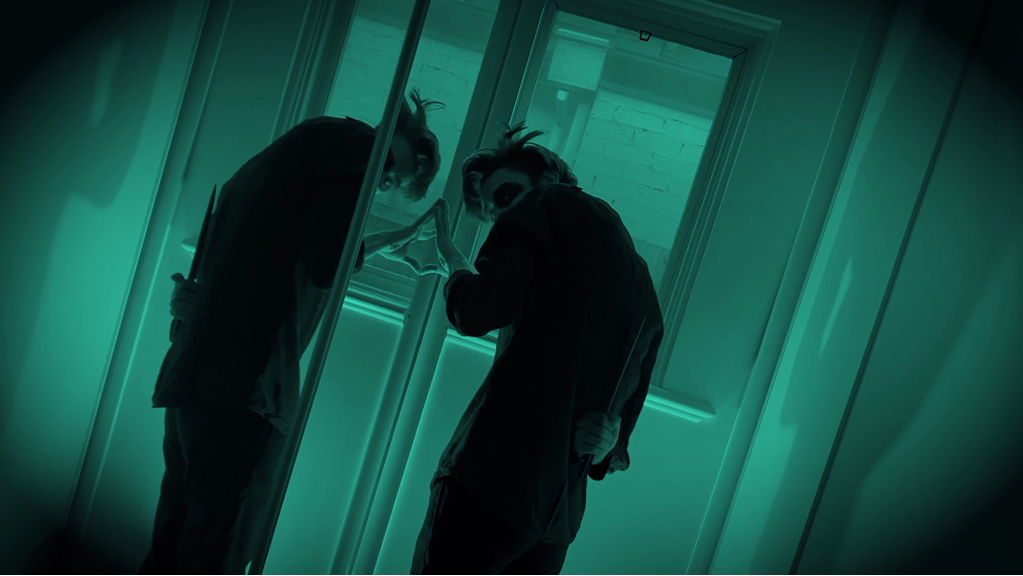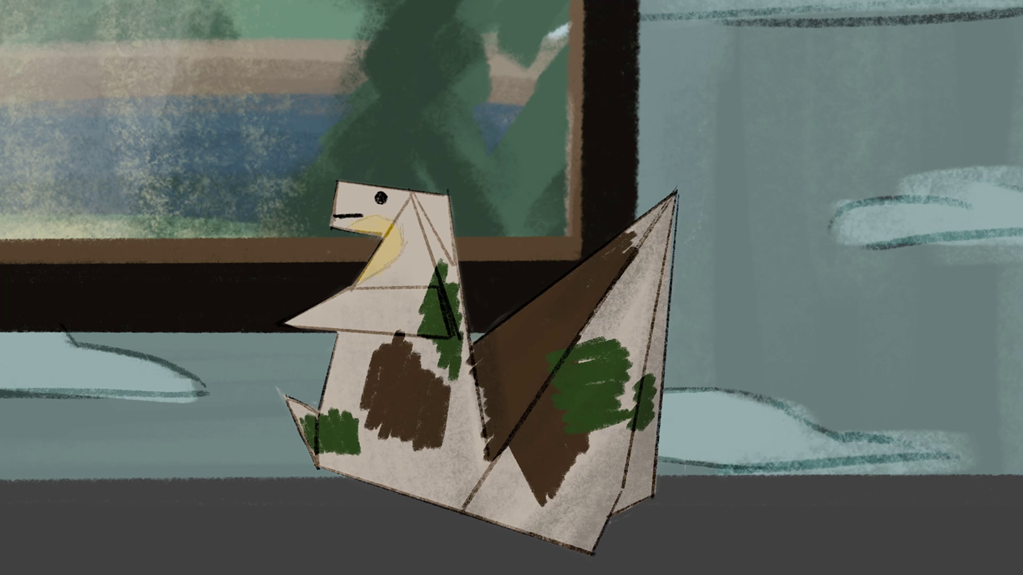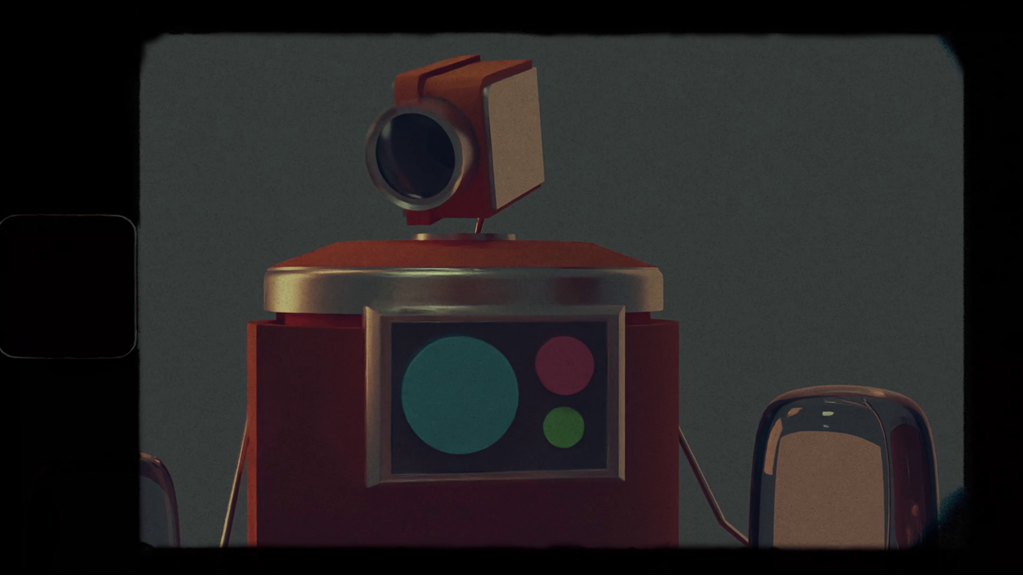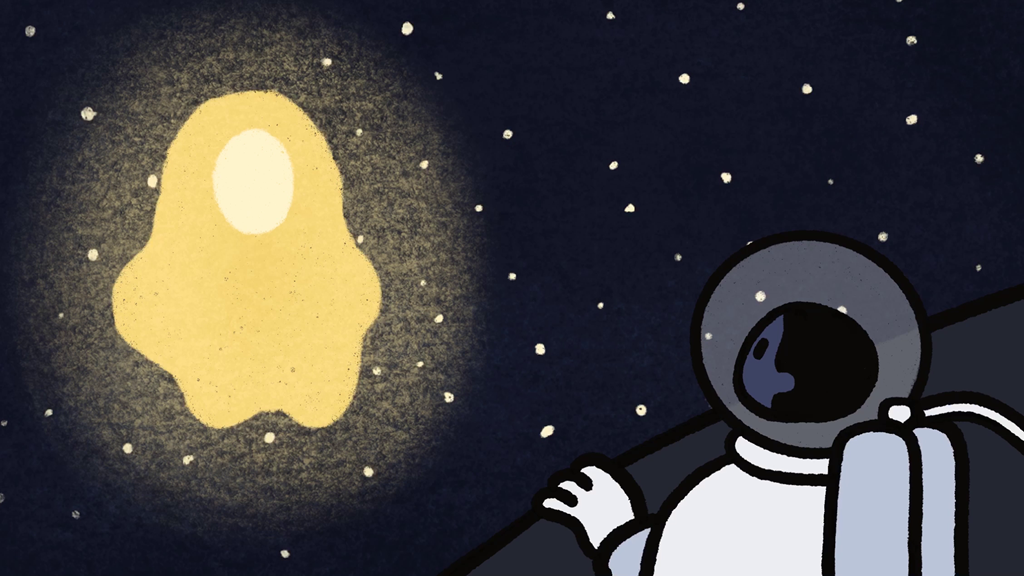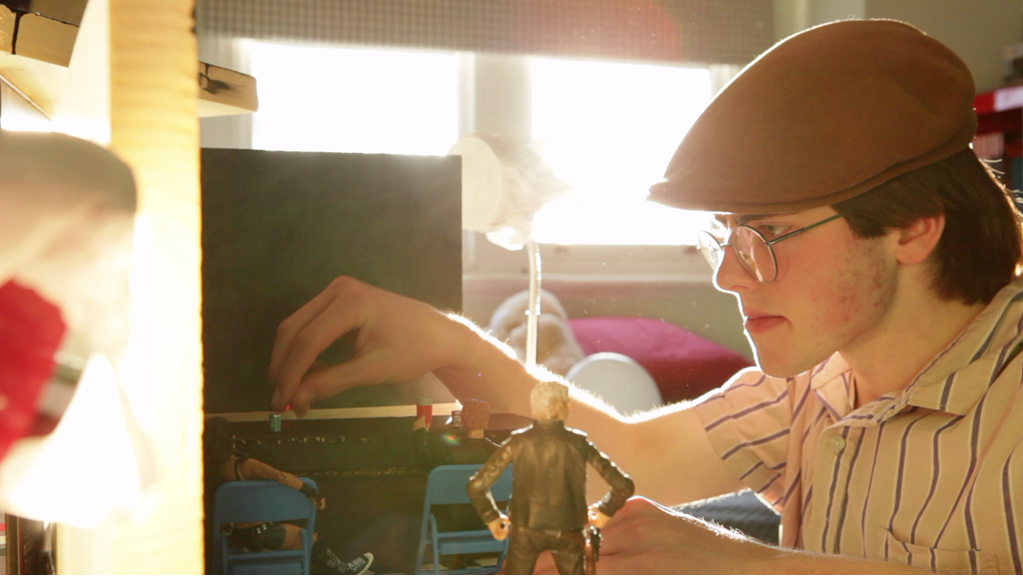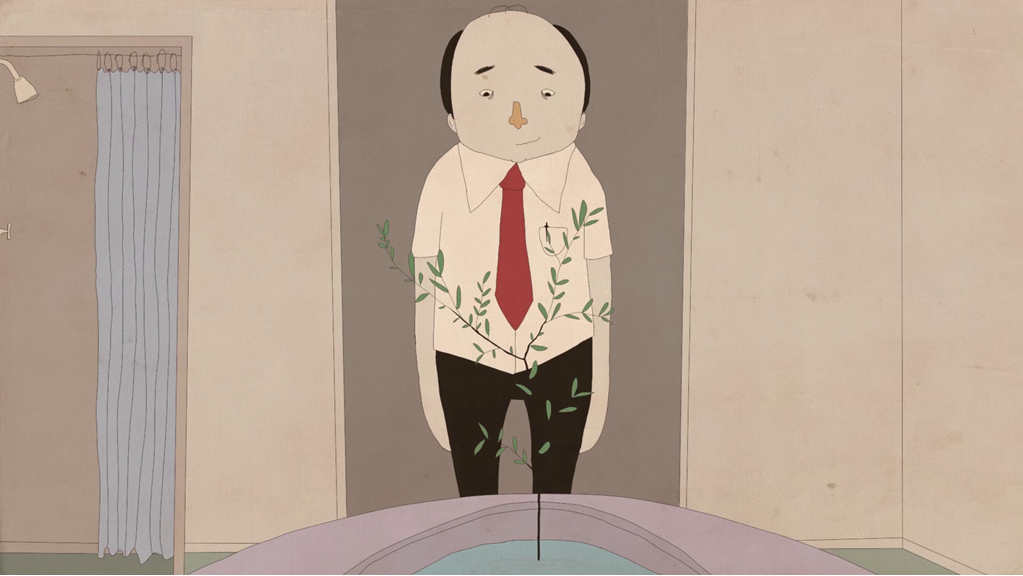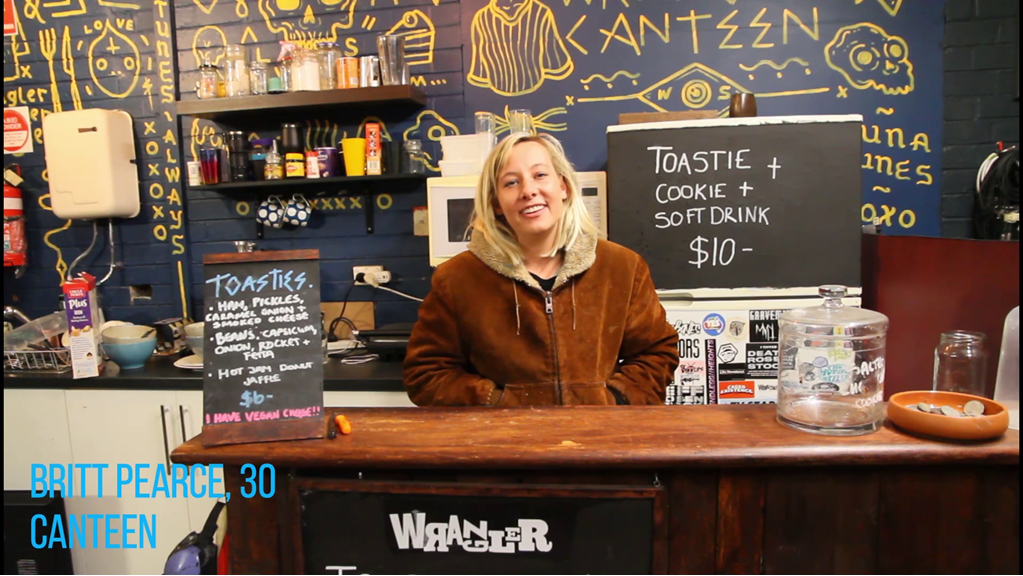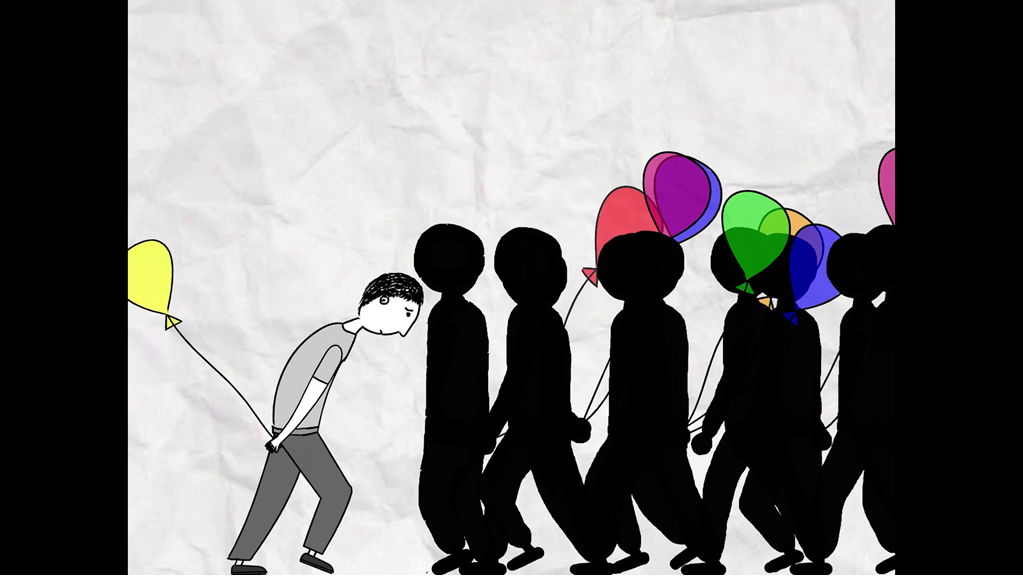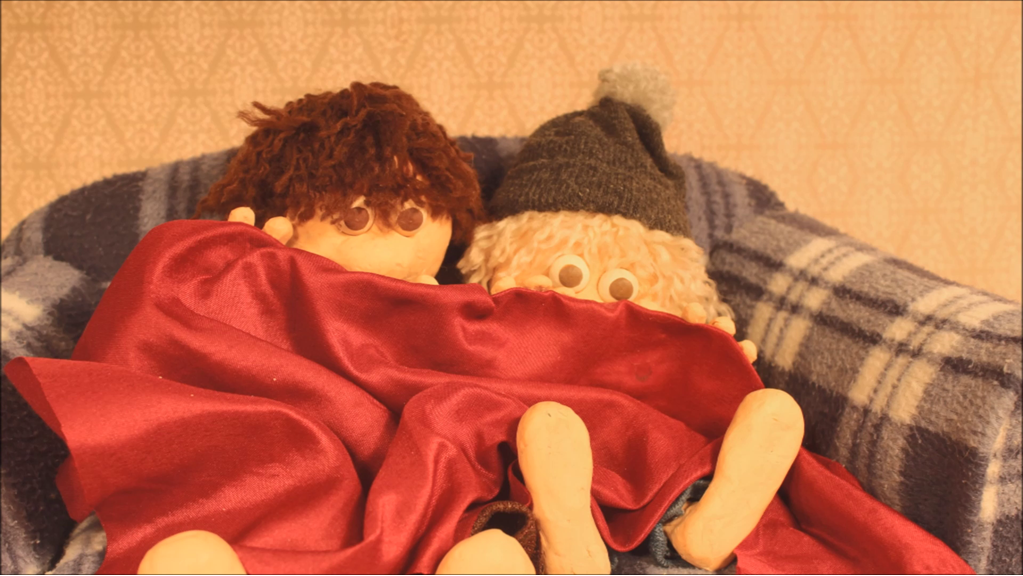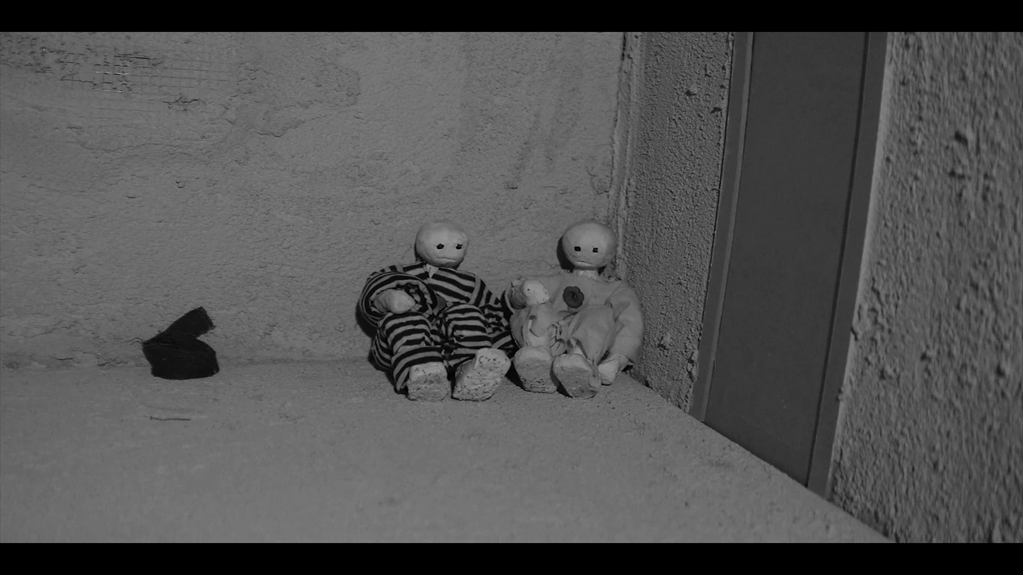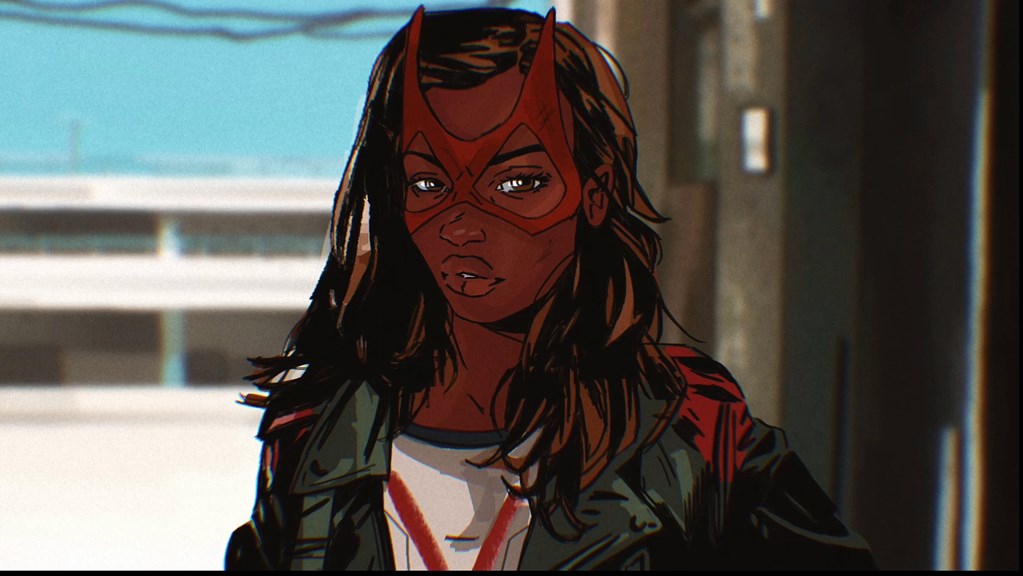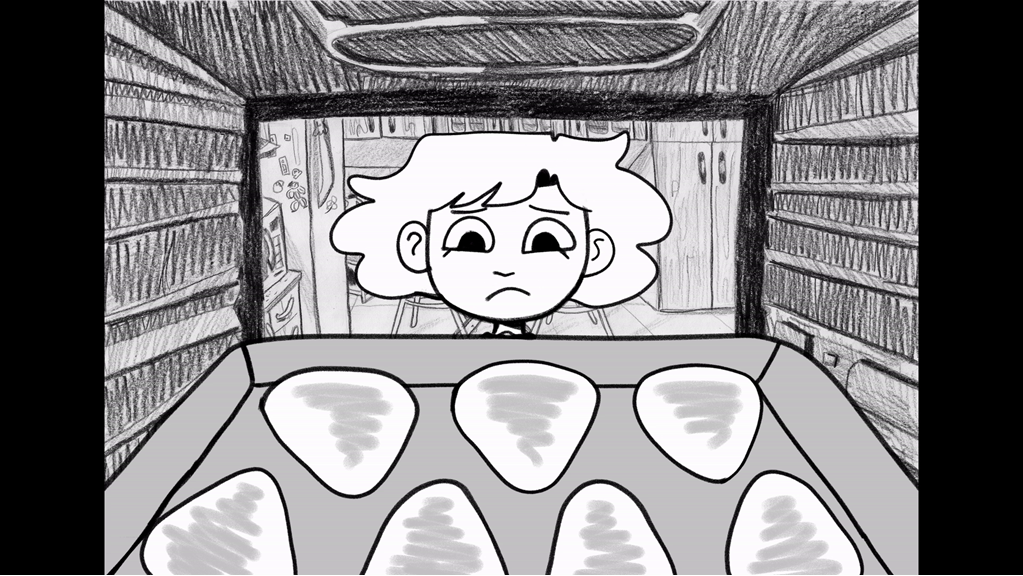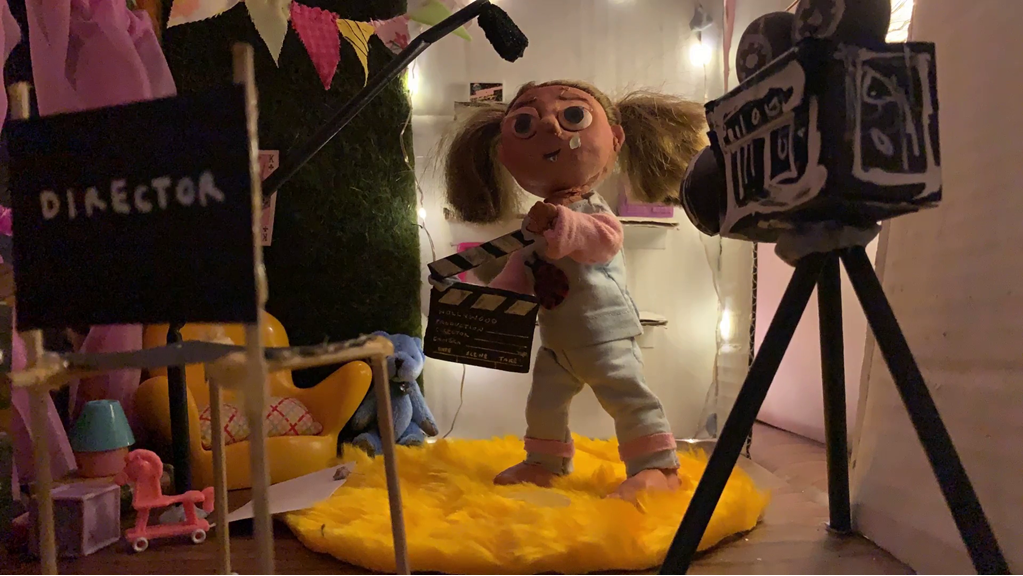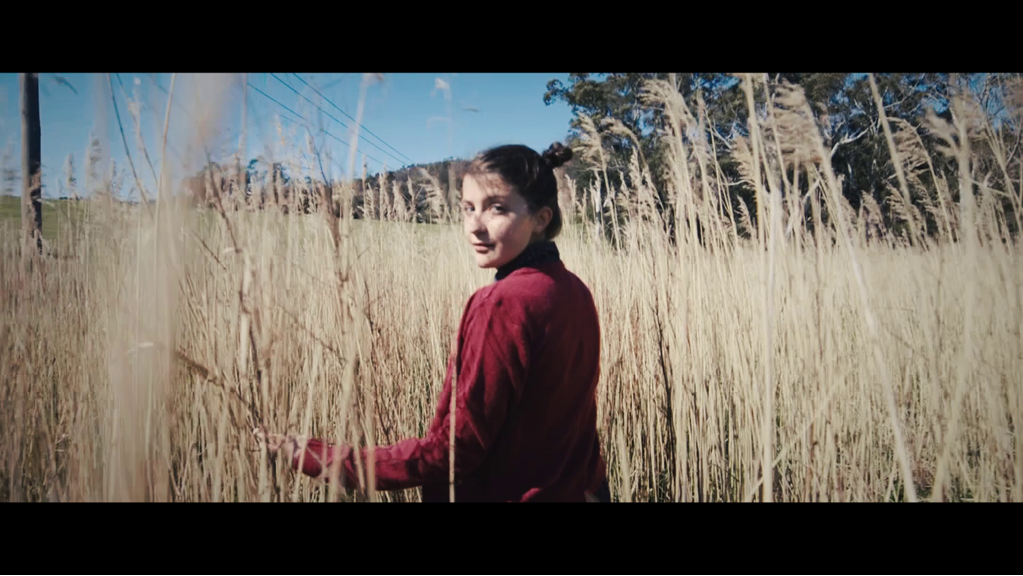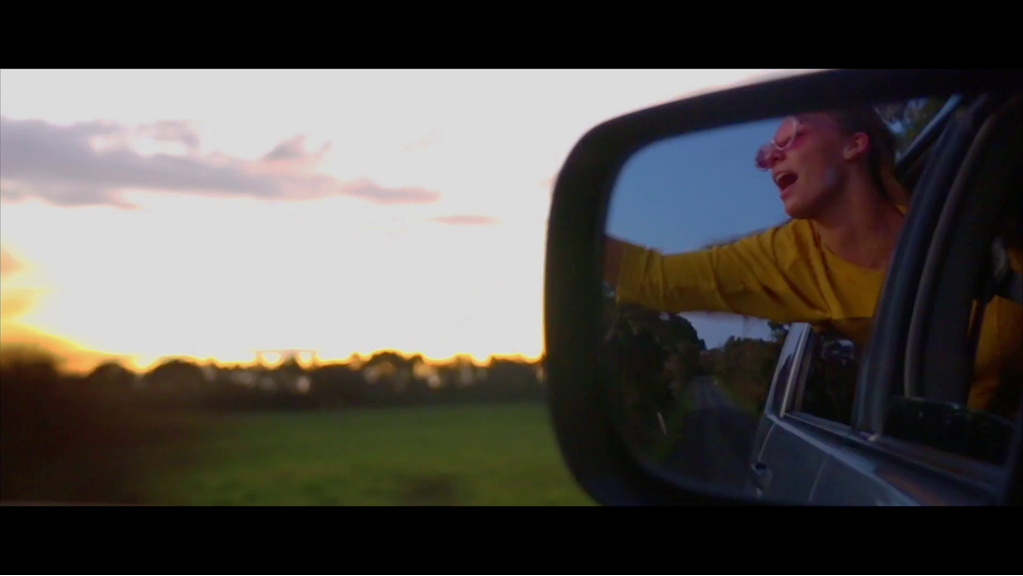Film
Montepulciano Callen
Brighton Secondary College, Brighton
Like No Other
Drama/horror, 10 min
Cillian is a Year 12 student in her last days before her Specialist Maths exam. However, with a global zombie pandemic in the way, she needs to decide where her priorities lie: a good ATAR, or her own life. I originally wrote this film to allegorically express the challenges that VCE students face when they neglect their personal wellbeing in the pursuit of academia. However, when the COVID-19 pandemic hit Victoria, I tailored the story to be more fitting for the year like no other. I wanted to create a sense of fear, tension and sympathy, inspired by the work of Denis Villeneuve and Alejandro González Iñárritu.
Matthew Cantone
St Bernard’s College, Essendon
Intruder
Horror comedy, 5 min
A young man moves into an old Victorian-style house, only to find it already inhabited by a creature of the night along with other horrors that await inside. He must run for his life to outlast his malicious yet clumsy foes if he wants to live in this monster of a house.
I intended to parody and replicate the works of classic 1920s silent films through horror and comedy. I utilised German expressionism to create an atmosphere of mystery, uncertainty and stress, contrasted with slapstick. Films such as The Cabinet of Dr Caligari and Nosferatu inspired my work.
Elaf Elsheikh
Southern Cross Grammar, Caroline Springs
Recycled
Animation, 4 min
A young boy struggling to perfect his passion for art learns to acknowledge the changing environment. With a focus on deforestation, this tale delves into the harm it has on nature’s beauty. The story journeys through Sam’s life as he grows older and draws a comparison with the land decaying around him. In making this film I hoped to draw attention to the issue of deforestation by showing the perspective of a younger boy who realises its devastating effect on the world. I wanted to create a film that would empower audiences to make a change.
Baptiste Emery
Melbourne High School, South Yarra
Reboot
Animation, 2 min
A solitary robot toils at a single, monotonous task within the depths of an enormous factory. However, a strange turn of (mechanical) fate plunges him into a strange and unknown world. Flourishing with nature and light, the new world presents itself as the antithesis to his industrial tomb.
My intention was to create a film that emphasised the isolation, disenfranchisement and insecurity faced by younger generations, who have to contend with a changing social and economic climate. My animation is inspired by films such as Blade Runner 2049 and Metropolis.
Miki Flett
Templestowe College, Templestowe Lower
Space Cadet
Animation, 4 min
Orla, a cadet lost in space, discovers a creature who seeks a cup of tea. After sharing a cup, the creature returns the favour by providing a warm hue that washes over Orla before vanishing. When Orla feels hopeless the creature returns but refuses to provide their warmth. In making this animated short I explored the exaggerated use of lighting as a major component of my narrative. Not only did the lighting represent the protagonist’s emotions, it also directed actions throughout the plot. The whimsical aesthetic quality was inspired by the many works of GOBELINS, the school of visual communication and arts in Paris.
James Miller
St Kevin’s College, Toorak
Magnum Opus
Mockumentary, 10 min
A film crew follows the struggles of an intrepid director as he attempts to make his ‘magnum opus’.
Through this live-action/stop-motion hybrid film, I sought to create a self-referential mockumentary that blurs the lines between satire and autobiography. In doing so, I aimed to highlight the artificiality of traditional documentaries, providing a humorous look at the artistic process and prompting audiences to reflect on the underlying purpose of art creation.
Anise Perry
Williamstown High School, Williamstown
Just Peachy
Animation/magical realism, 6 min
In the dead of night Peachy’s boring life is brightened as he discovers a peach tree placed mysteriously on his doorstep. At his office job he savours the peach, devouring its delicious flesh, his only respite from the drudgery of work. However, what initially brought him joy now reveals itself to be a thing of nightmares. In making this project I intended to create an animated short film in a magical realist style to explore artistic expression. I was heavily inspired by the Japanese animators Atsushi Wada and Q-rais and sought to comment on the dystopian lifestyle of corporate workers.
Joel Rasmussen
Casey Grammar School, Cranbourne
Wrangler
Documentary, 10 min
This documentary tells the story of Wrangler Studios, a music venue in Melbourne. It covers its conception and development of the establishment and events held at Wrangler. It also addresses the impact of the global pandemic on the venue and how they are handling the situation.
I hoped to shine a light on this volunteer-run, non-profit venue, which provides a positive atmosphere for so many people, from all walks of life, to create and enjoy music. My aim was to bring awareness, interest and support to Wrangler, both during the pandemic and into the future.
Flynt Robbins
Padua College, Mornington
Yellow
Animation, 2 min
The film follows a young boy as he is guided to a place of acceptance by his yellow balloon.
I set out to make a film that was inspired by films that I had seen when I was younger. I imagine my film could be screened before a Disney animation, as it was heavily inspired by the short film Paperman (2009). My film is aimed at children and explores themes such as isolation and belonging in a way that is easy for my audience to understand.
Holly Rumble
Eltham High School, Eltham
Quarantined
Stop motion, comedy, 3 min
This film pokes fun at a situation that many have found themselves in under COVID-19 restrictions and quarantine: complete, unadulterated boredom. Two brothers navigate life in a pandemic by trying to occupy their newfound time in some rather unconventional ways. Inspired by the stop motions of Aardman Studios, I aimed to poke fun at some of the more trivial challenges of life in quarantine through light-hearted claymation. My hope is that the absurd lengths the characters go to, to remedy their own crippling boredom, resonates with audiences.
Zak Scott
Brighton Secondary College, Brighton East
Breakfast For Maisie
Stop motion, horror, 5 min
Two characters find themselves locked in a room with a giant, slumbering creature. They are faced with the task of feeding the creature, raising the question, ‘who will become breakfast for Maisie?’ This stop motion horror short focuses on cultivating a claustrophobic, tense atmosphere.
My intention for this film was to create an entirely visual story. Relying on animation techniques such as those used by Henry Selick and Robert Morgan, I aimed to create something uniquely nightmarish that would stick with the audience long after the film was over.
Blair Smith
Victorian College of the Arts Secondary School, Southbank
The Superhero
Animation, 4 min
Superheroes can’t save everyone. And in this case, it’s sadly true. After a horrific encounter that ends in the loss of life, this superhero feels responsible and returns home to deal with the heavy weight of her job. As this superhero struggles with her mental health, she looks for strength within herself. In making this film I hoped to create a story about mental health through the lens of superheroes. Combining our real world with the unique comic-book world allows for an immersive experience that leaves a lasting message about dealing with mental health.
Ana Luiza Souza Alberti
Melbourne Girls’ College, Richmond
Itsy Bitsy
Animation, 3 min
Ana, a young immigrant girl, struggles to adapt after moving from her small hometown in Brazil to a big Western city for university. She finds comfort in replicating one of her grandmother’s recipes, which remind her of home. This film is about nostalgia and homesickness, with a slightly surreal twist. I wanted to explore the struggle that many immigrant women face when moving alone to a different country. In this personal story I wanted to deliver a message of hope to those who feel homesick or isolated and encourage others to reach out for help and embrace their cultural roots.
Ruby Taylor
Kardinia International College, Geelong
The Girl Who Cried Sick
Stop motion, dramedy, 3 mins
A child hypochondriac’s escalating attention-seeking lies lead her parents to dismiss her complaints when she becomes genuinely ill. Inspired by the cautionary tale The Boy Who Cried Wolf, this handcrafted animation gives humour and heart to a grim true story.
Within the walls of this animation’s richly textured sets, the audience follows the humorous and escalating fibs of a hypochondriac. Works such as Fantastic Mr Fox and Negative Space inspired my immersive sound design and detailed mise en scène.
Tadji Ulrich
Box Hill High School, Box Hill
The Final Thought
Science fiction, 10 min
Phen is a recently single university student looking for some money and a little romance. He accepts an offer to join an experiment in which he will interact with a female humanoid AI, Mila. He is told the experiment is about whether an AI can love, but it leads to the question ‘what is the real intention of the experiment?’ In making this film I intended to construct a speculative narrative that questions the power of love by exploring its effects on AI. I wanted to harness a non-linear plot structure and twist ending to subvert the expectations of the audience, inspired by the work of Alex Garland and Ridley Scott.
Elle Vanden Boom
Genazzano FCJ College, Kew
In My Dreams
Drama, 4 min
Ash is a teenage girl who deals with the struggles presented by the COVID-19 lockdown. As she adapts to the challenges of being isolated and unable to do the things that make her happy, she reflects on, through her dreams, the times before the pandemic. The production explores themes of youth and coming of age.
In this film I hoped to represent the effects of the lockdown from a teenage perspective. As isolation from normal life becomes a reality, the protagonist is forced to reflect on her past.
